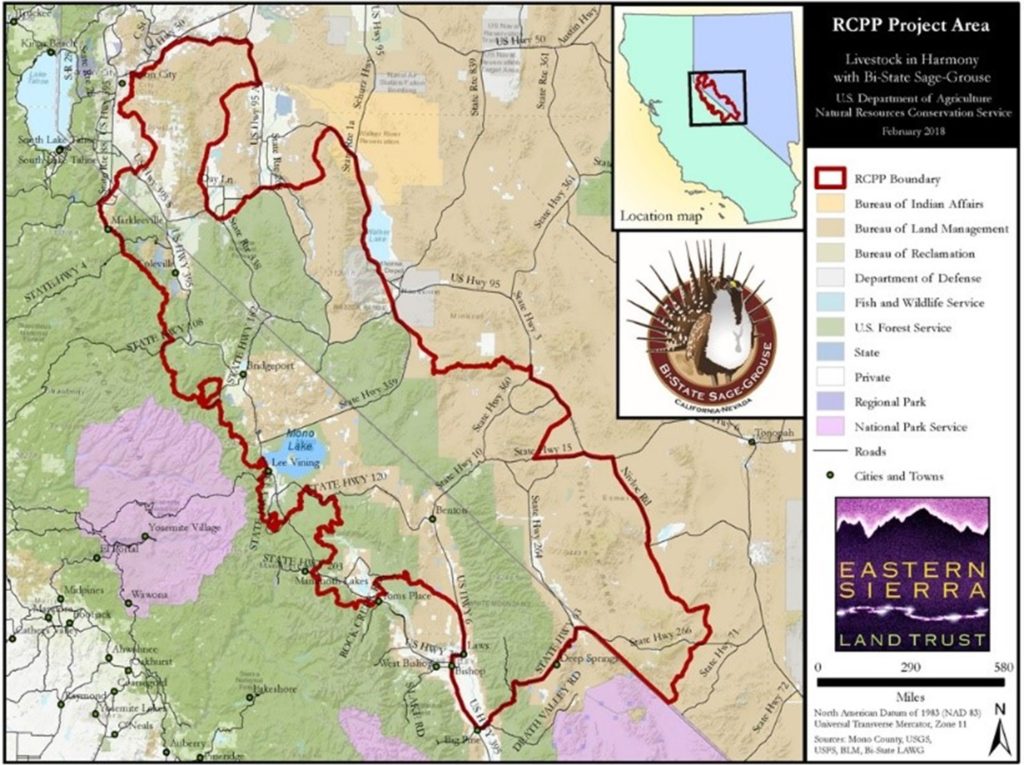This bipartisan effort to create dedicated funding for proactive conservation is the next major victory-in-the-making for the sporting community
Today, the Senate Environment and Public Works Committee passed the Recovering America’s Wildlife Act in a bipartisan vote of 15-5. This brings us one step closer to securing a solution that has been championed by the hunting and fishing community since 2016.
“Passage of the Recovering America’s Wildlife Act would be a defining victory for wildlife, habitat, outdoor recreation, and our economy,” says Whit Fosburgh, president and CEO of the Theodore Roosevelt Conservation Partnership. “We applaud members of the Senate Environment and Public Works Committee for this step today and urge lawmakers on both sides of Capitol Hill to take up and pass this bill without delay.”
It may not be a household name quite yet, but the Recovering America’s Wildlife Act is the next victory-in-the-making for sportsmen and sportswomen, on the scale of 2020’s Great American Outdoors Act. And we think you’re going to be hearing about it from every corner of the hunting, fishing, and conservation space over the next few months.
Here are five reasons why.
RAWA Would Save Taxpayers Money
A lack of federal conservation dollars, a changing climate, and declining habitat have all contributed to putting thousands of species at risk of being listed as threatened or endangered. Once a species reaches this point, recovery becomes significantly more uncertain, difficult, and expensive. Proactive efforts made at the early signs of decline are better for wildlife, cost less money, and are less restrictive to hunters and anglers. Plus, many habitat projects funded by the bill could improve natural infrastructure systems that prevent costly damage from extreme weather and other emergencies, like catastrophic wildfire.
RAWA Helps Species You Care About (and More)
State fish and wildlife agencies have identified more than 12,000 species in need of conservation action that would benefit from the Recovering America’s Wildlife Act. These include popular sportfish and game like the ruffed grouse, sage grouse, coho salmon, and sockeye salmon. If these sportfish and game were to end up threatened or endangered, it could lead to stricter bag limits or hunting and fishing moratoriums to save these species.
RAWA Would Supplement Hunter- and Angler-Sourced Conservation Funding
Currently, 80 percent of the funding for state fish and wildlife agencies comes from state hunting and fishing licenses and permits as well as federal excise taxes on hunting and fishing gear. While this funding model has worked for decades, more investment is needed. This is why pushing for passage of the Recovering America’s Wildlife Act is one of the TRCP’s top ten legislative priorities this year. The bill would amend the Pittman-Robertson Wildlife Restoration Act to provide an additional $1.4 billion per year—$1.3 billion for state agencies and $97.5 million for tribes—in dedicated funding to restore habitat, recover wildlife populations, and rebuild the infrastructure for both our natural systems and outdoor recreation opportunities.
RAWA Is Truly Bipartisan
The legislation has strong support on both sides of the aisle, with 32 co-sponsors in the Senate—evenly divided between parties—and hundreds of co-sponsors in the House.
RAWA Is the Win Some Lawmakers Need Right Now
This legislation has had momentum before, but the timing couldn’t be better for lawmakers who are up for re-election to bring a big win home for fish, wildlife, and habitat in a way that benefits not only sportsmen and sportswomen but Americans from all walks of life.
Take a few minutes to send your lawmakers a direct message urging them to support and pass the Recovering America’s Wildlife Act without delay.
Top photo by Roger Tabor/USFWS







Where is this extra $1.4 billion coming from? Higher fees on us anglers and hunters who already pay for 96% of all conservation in this country? Your article completely omitted where this money is coming from….
The post preceding this state that anglers and hunters will pay for this as we pay a lot through fees and license for conservation already, however, I see this as federally funded and think the cost is well worth it and not that much spread out among all the public. Everyone loves wildlife, most of it anyway and I can’t see anyone wanting to loose these critter resources. Great Idea! This money supplements the money provided by anglers and hunters according to my reading.